Learn the key difference between Izanami and Izanagi in Naruto. One alters reality, and the other enforces fate.
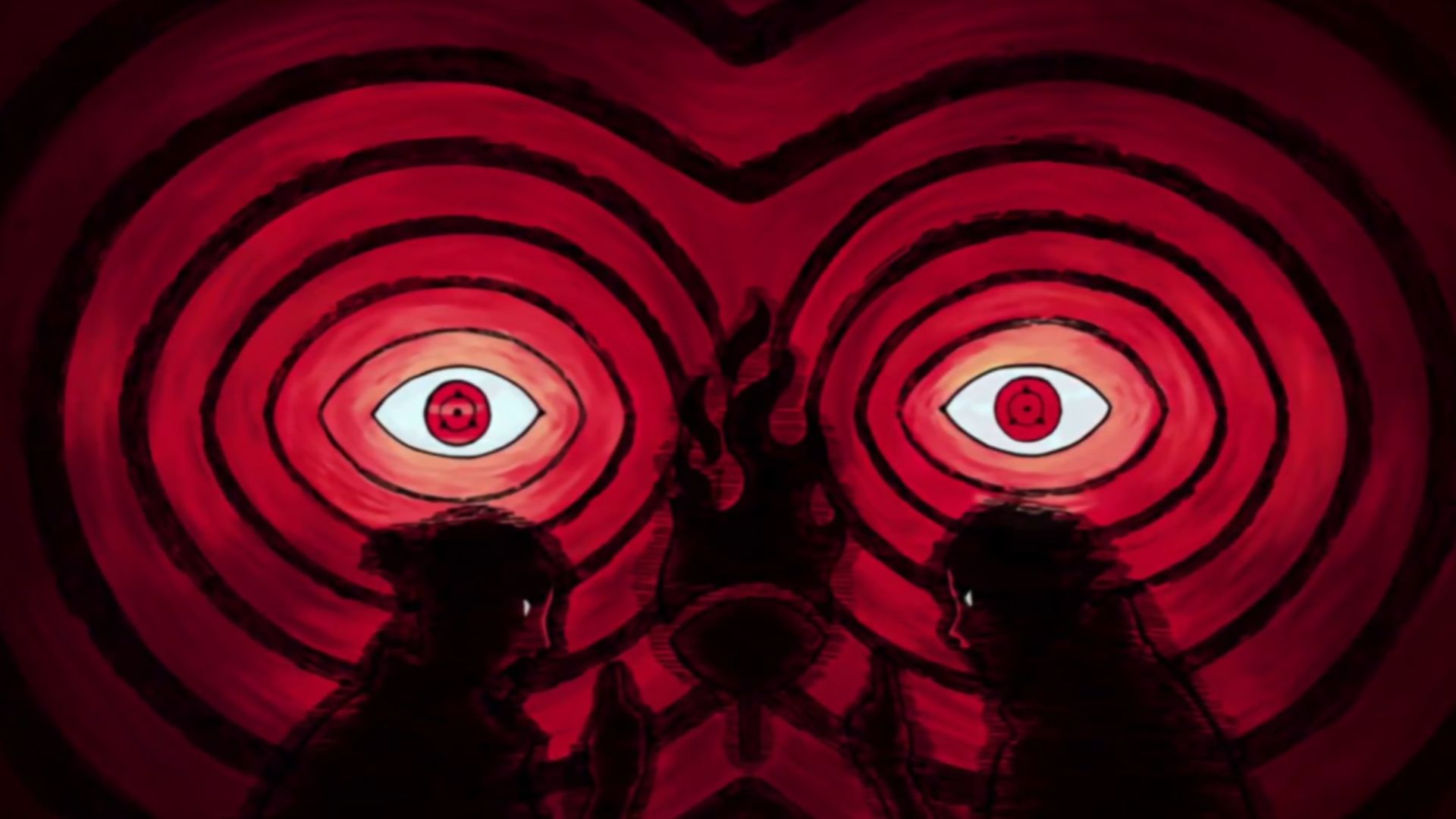
The primary difference between Izanami and Izanagi in Naruto is that Izanagi allows users to temporarily control and alter reality, rejecting unfavorable outcomes, while Izanami traps targets in an infinite loop of events to force them to accept their true fate. Both are powerful forbidden jutsu of the Uchiha clan that require the Sharingan and result in the permanent blindness of the eye used to cast them.
The Uchiha clan, known for their powerful Sharingan, developed some of the most formidable techniques in the Naruto universe. Among these techniques, Izanagi and Izanami stand out as legendary forbidden jutsu that represent opposite sides of the same coin. These twin techniques originate from the Creation of All Things—a power once wielded by Hagoromo Otsutsuki, the Sage of Six Paths.
Original Purpose of Izanami and Izanagi in Naruto
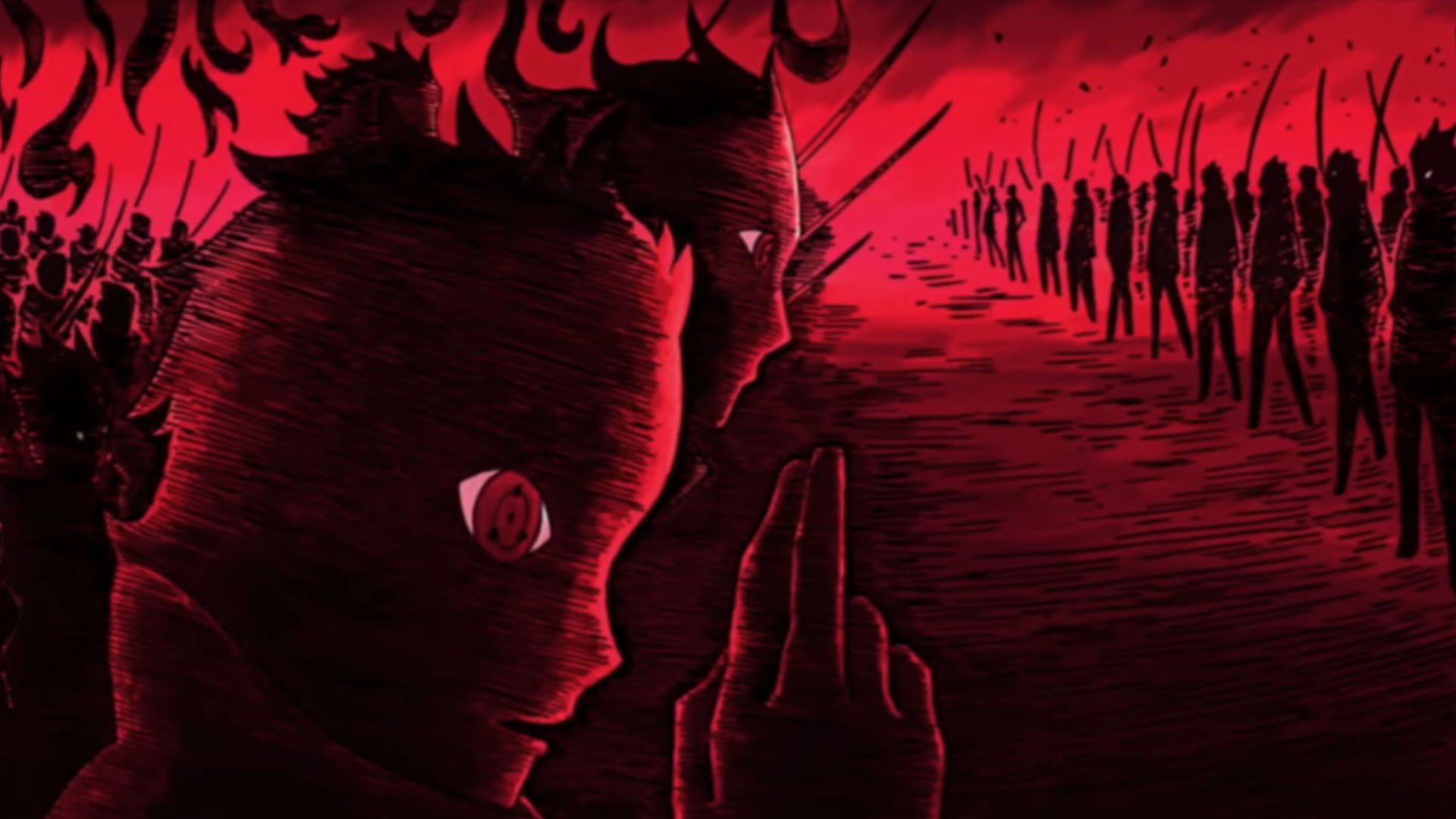
The origins of Izanagi and Izanami in Naruto trace back to the fundamental power of the Sage of Six Paths—the Creation of All Things Technique. This original ability allowed Hagoromo Otsutsuki to materialize his imagination into reality using Yin Release (to form shape) and Yang Release (to breathe life into that shape). As descendants of the Sage, the Uchiha inherited a fragment of this power, which evolved into Izanagi.
However, the key difference between Izanami and Izanagi in Naruto lies in their intended purposes. According to Itachi Uchiha, Izanagi was originally created as a technique to escape unfavorable outcomes. The problem arose when multiple Uchiha began using Izanagi simultaneously, leading to conflicts over whose “reality” would prevail. This abuse of power created chaos within the clan.
In response, Izanami was created specifically to counter Izanagi’s misuse. While Izanagi rejects reality, Izanami was designed to force individuals to accept the truth of their actions and circumstances. This fundamental difference between Izanami and Izanagi in Naruto reflects their complementary nature—one technique allows escape from consequences, while the other enforces accountability.
The creation of these techniques highlights the Uchiha clan’s struggle with power and responsibility. Naruto‘s narrative often explores how great power requires equally great restraint, and these forbidden jutsu exemplify this theme perfectly. The cost of using either technique—permanent blindness in the eye—serves as a physical manifestation of this philosophical warning.
Izanagi That Rejects Reality
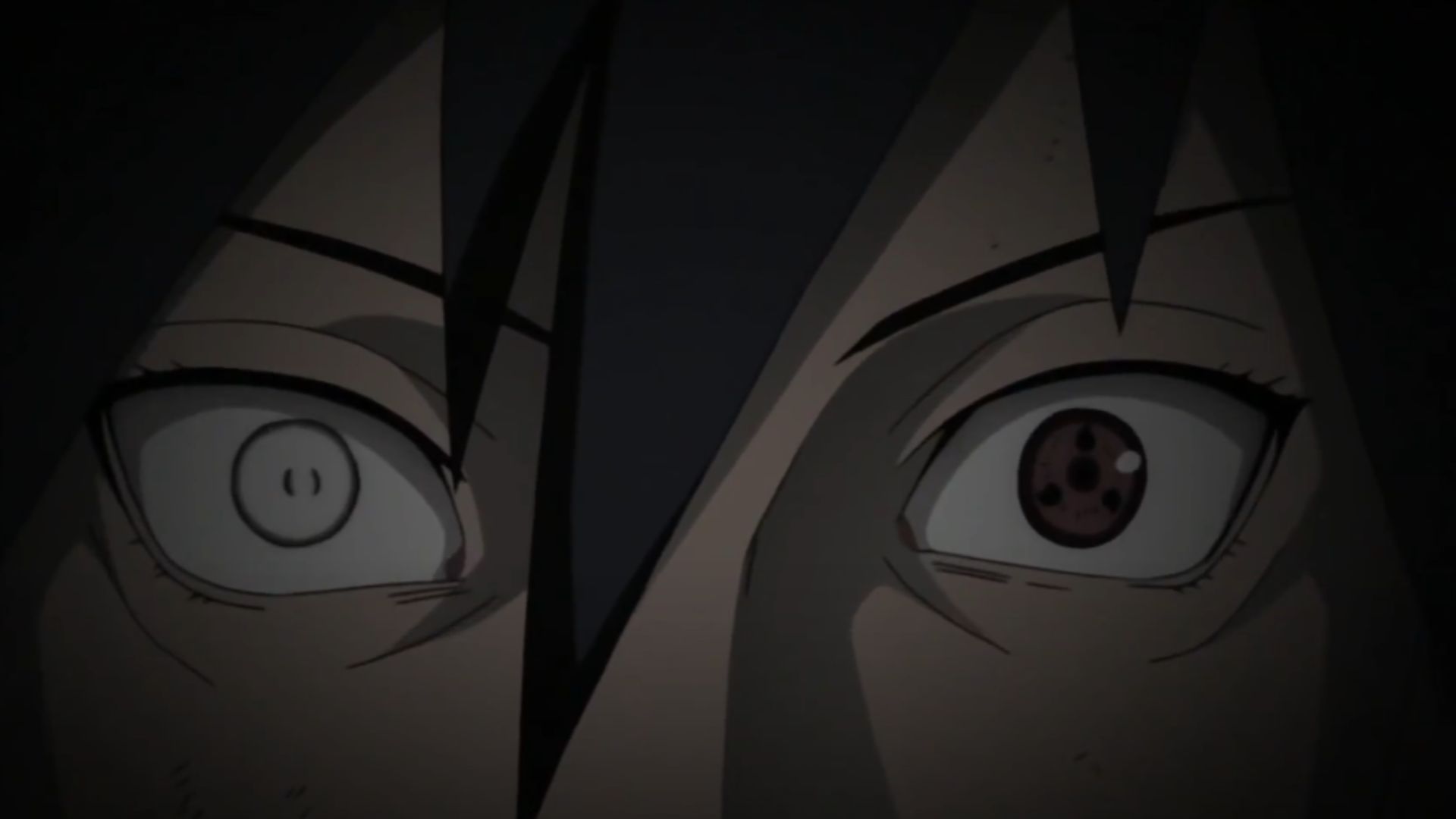
Izanagi stands as one of the most reality-bending abilities in Naruto. Unlike standard genjutsu, which affects the target’s perception, Izanagi casts an illusion upon reality itself. This fundamental aspect creates a significant difference between Izanami and Izanagi in Naruto‘s power system.
When activated, Izanagi allows the user to temporarily control what is and isn’t real for themselves. Most commonly, this means negating injuries or even death. If fatally wounded while Izanagi is active, the user rejects their injured self as an illusion and materializes their unharmed self in its place. This effectively gives the user a “do-over” in reality.
The mechanics behind Izanagi involve using Yin Release to create form from nothingness and Yang Release to breathe life into this new reality. Because Uchiha only possesses half of the Sage of Six Paths’ chakra naturally, they can typically maintain Izanagi for only a few seconds. This limitation represents a crucial difference between Izanami and Izanagi in Naruto—while both are powerful, Izanagi has stricter time constraints.
Danzo Shimura, who had both Uchiha and Senju DNA (thus recreating Sage’s complete chakra), could maintain Izanagi for up to one minute per eye. This is why he implanted ten Sharingan in his arm, giving him potentially ten minutes of reality manipulation. Madara Uchiha famously programmed Izanagi to activate after his death, allowing him to resurrect himself unbeknownst to the shinobi world.
Izanami That Determines Fate
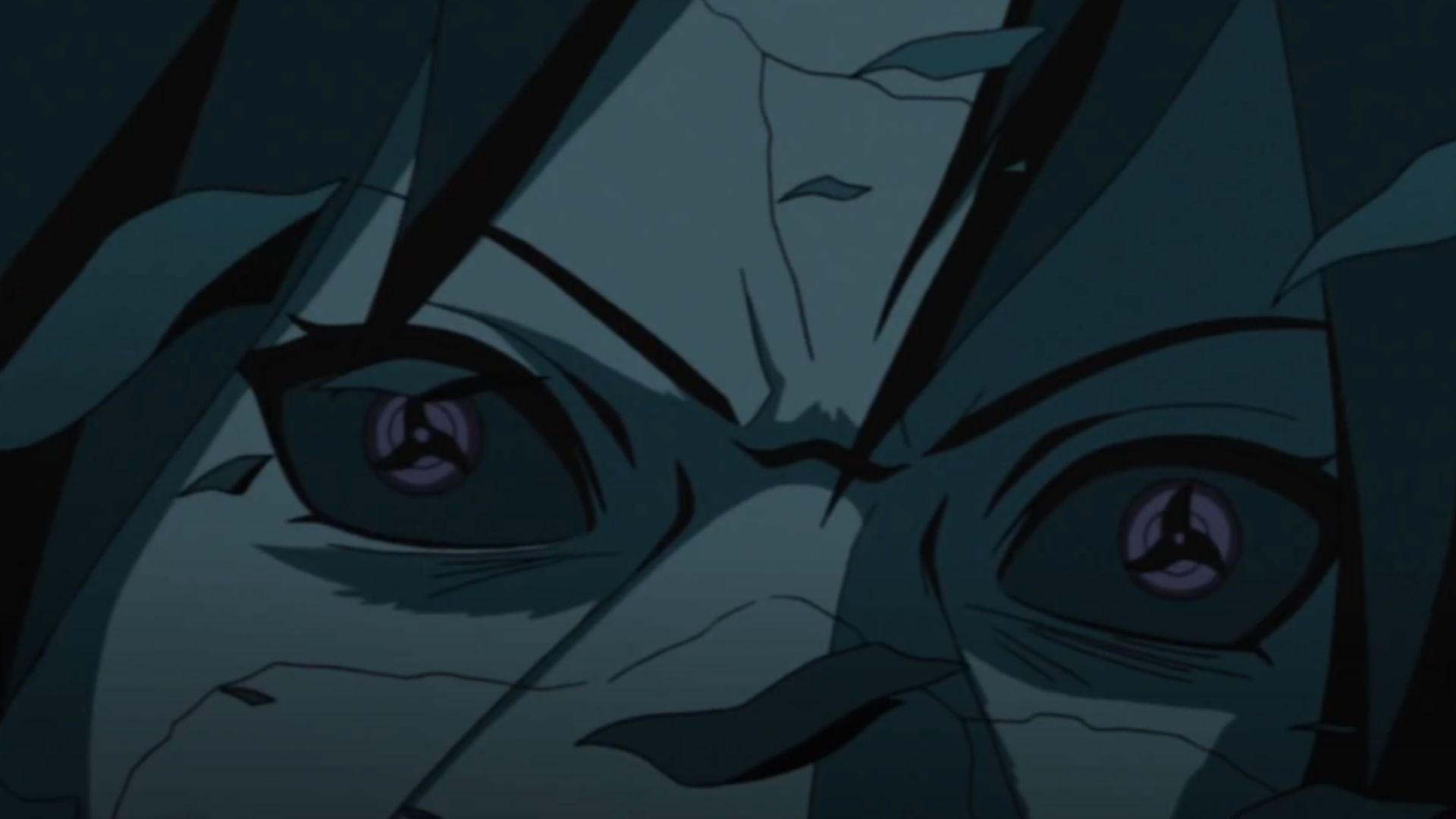
Izanami represents the philosophical counterweight to Izanagi in Naruto‘s universe. While Izanagi rejects reality, Izanami enforces it—this fundamental opposition marks the clearest difference between Izanami and Izanagi in Naruto. Described by Itachi as a technique that “decides fate,” Izanami traps its target in an infinite loop of events from which there is only one escape.
The process of casting Izanami is considerably more complex than Izanagi. The user must first select an arbitrary moment and use their Sharingan to memorize the physical sensations of both their body and their opponent’s at that precise instant. Then, they must intentionally recreate the same sensations and memorize that moment as well. Izanami connects these identical sensations, creating a loop that entraps the target’s consciousness.
Once caught in Izanami, the victim relives the same events repeatedly. Despite being aware of the loop and attempting to change their actions, they cannot escape the predetermined outcome. This represents another major difference between Izanami and Izanagi in Naruto—while Izanagi affects only the user’s personal reality, Izanami targets another’s perception and fate.
Importantly, Izanami was created with a deliberate escape mechanism. The only way to break free from the loop is for the target to genuinely accept the reality of their actions and embrace their true self. This redemptive quality makes Izanami not a technique meant for enemies, but for allies who have lost their way—a profound difference between Izanami and Izanagi in Naruto that reveals their true purposes.
The Cost and Limitations of Both Techniques
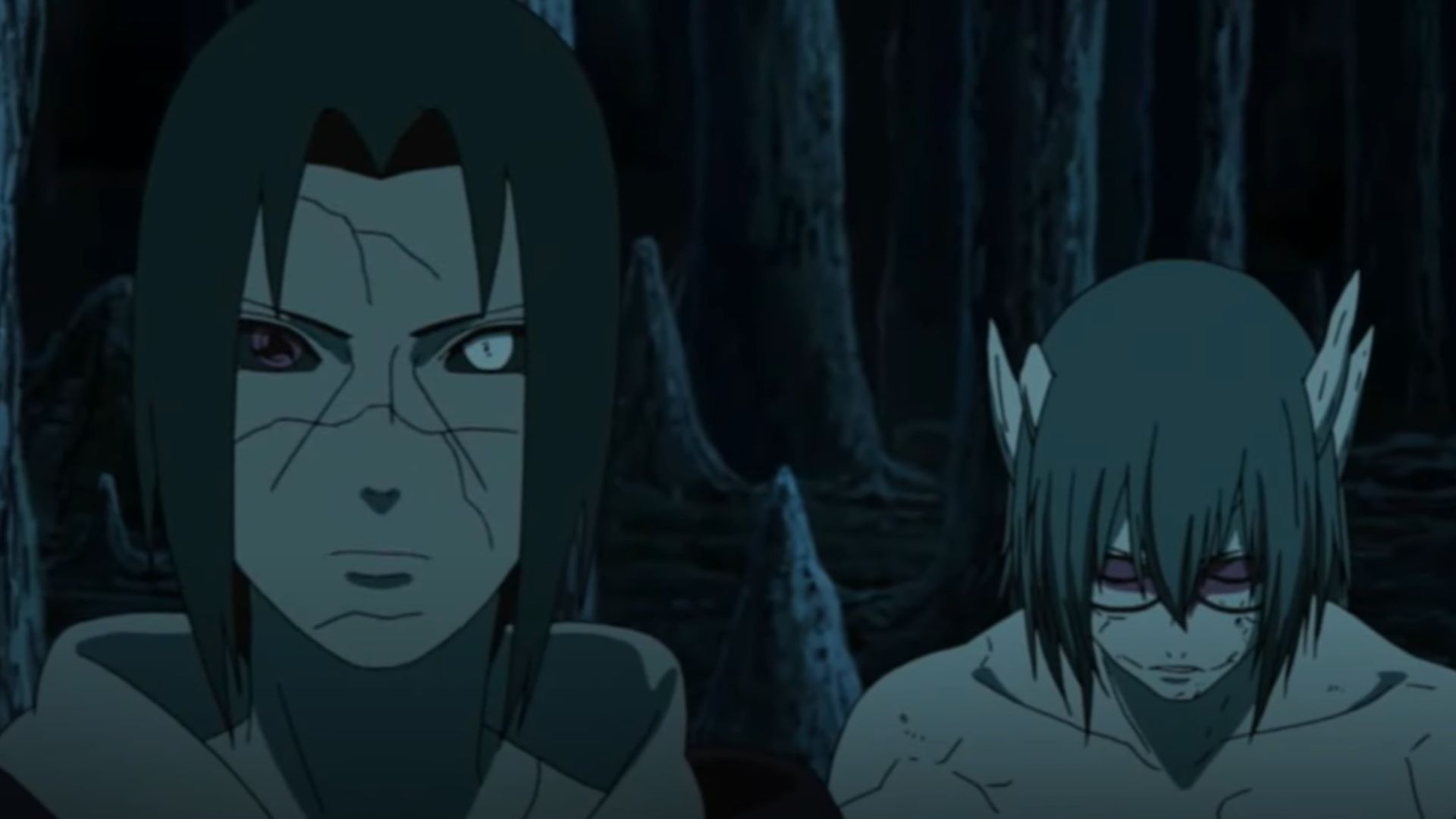
Both Izanagi and Izanami exact a severe price for their reality-altering powers, which contributes significantly to the difference between Izanami and Izanagi in Naruto. The most immediate cost is the permanent blindness of the Sharingan eye used to cast either technique. For the Uchiha clan, who prized their ocular powers above all else, this sacrifice was considered extreme enough to classify both jutsu as forbidden.
Izanagi suffers from strict time limitations. Since the Uchiha possess only half of the Sage of Six Paths’ chakra (the Yin half), they can typically maintain Izanagi for mere seconds. This duration depends on the user’s power potential. To extend this time, one would need Senju DNA to recreate the Sage’s complete chakra signature. This temporal restriction marks a critical difference between Izanami and Izanagi in Naruto—while both jutsu wield immense power, Izanagi operates under stricter time limits.
Izanami, while not bound by the same time restrictions, has its own limitations. It requires precise timing and physical contact to establish the sensory loop. More importantly, its built-in escape mechanism—the target’s willingness to accept reality—makes it ineffective against opponents who either already accept their true selves or who are completely unwilling to face reality.
Another significant difference between Izanami and Izanagi in Naruto lies in their intended targets. Izanagi affects only the user’s reality, while Izanami directly targets an opponent. This distinction reflects their complementary purposes—one is self-protective, the other corrective of others. The only way to restore vision to an eye blinded by either technique is to awaken the Rinnegan, highlighting the permanent nature of their cost.
Conclusion
The difference between Izanami and Izanagi in Naruto represents opposing philosophical principles that run throughout the series—the tension between rejecting fate and accepting reality. Naruto consistently shows that great power comes with significant drawbacks, and the permanent blindness resulting from these techniques serves as a physical manifestation of the price of tampering with reality.
Looking For More?
Thank you for reading the article. We provide the latest news and create guides for Baldur’s Gate 3, Starfield, ARK Survival Ascended, and more. Also, watch Deltia play games on Twitch or visit his YouTube channel!
 Reddit
Reddit
 Email
Email


